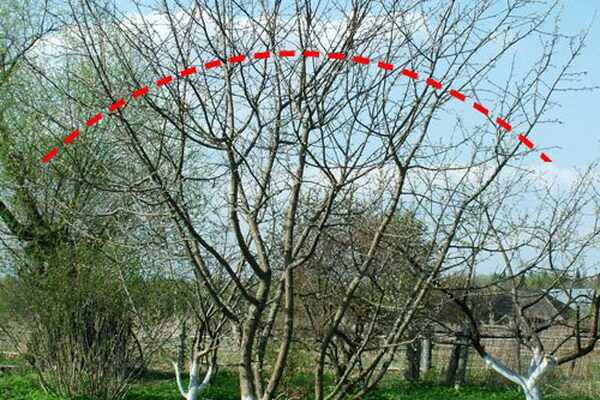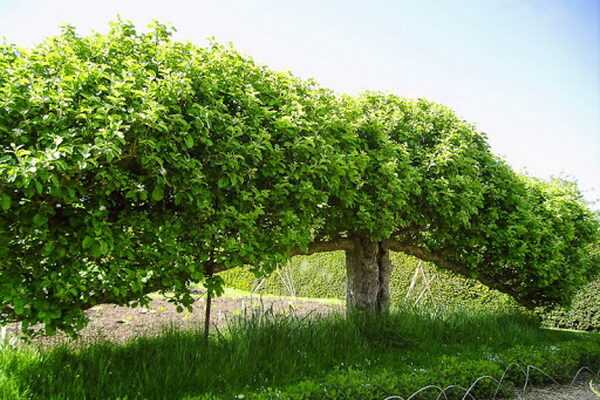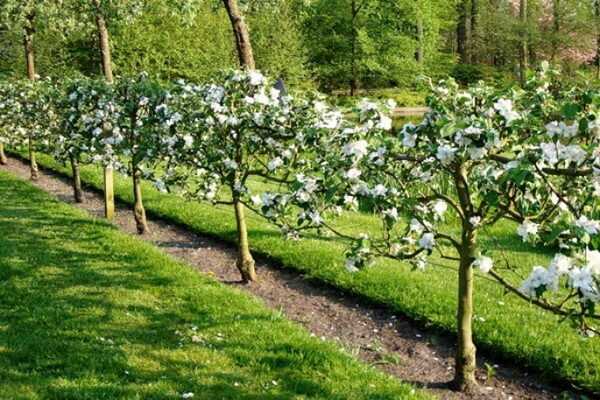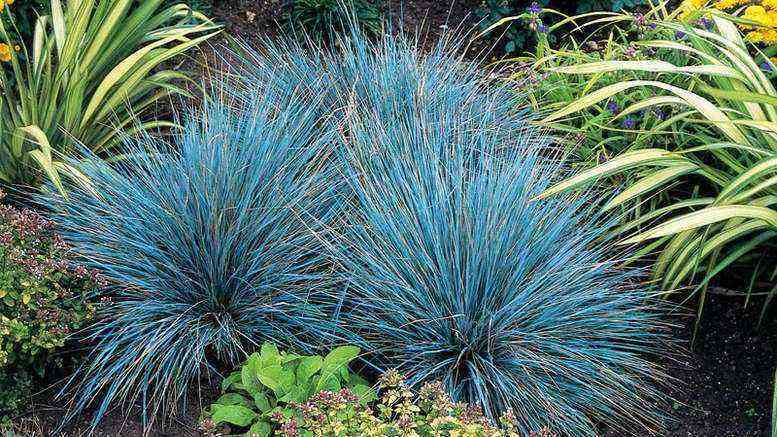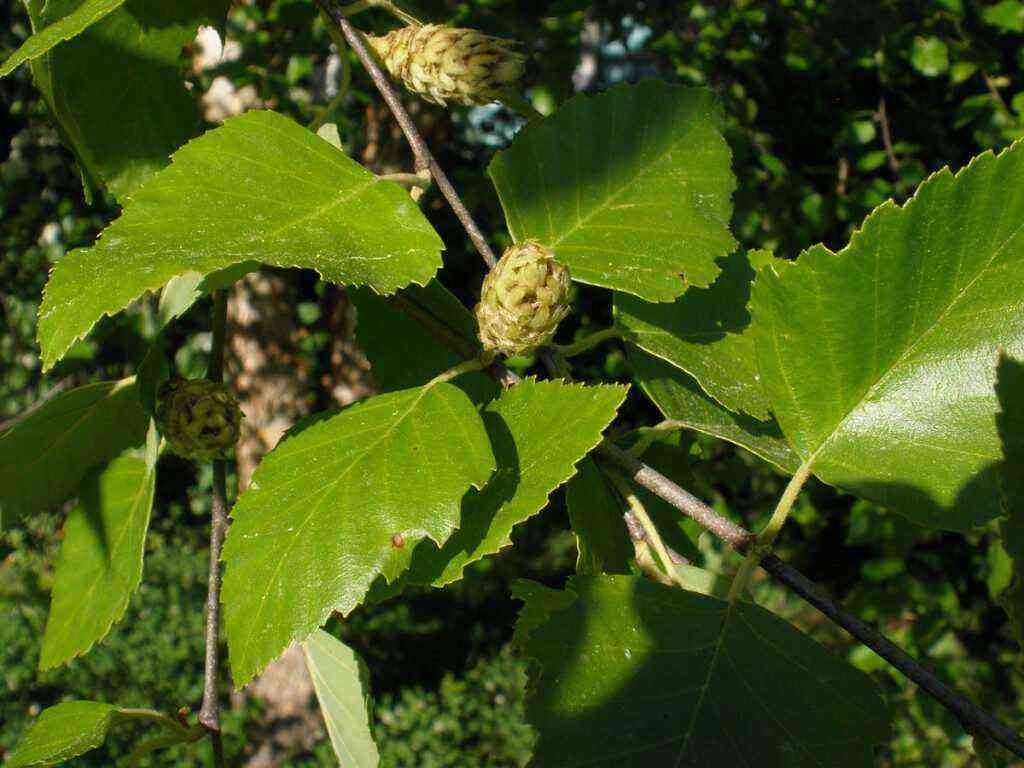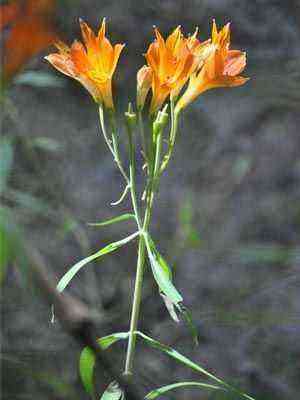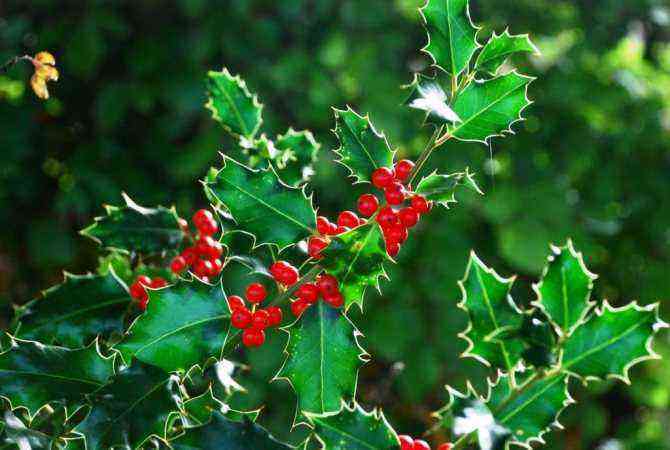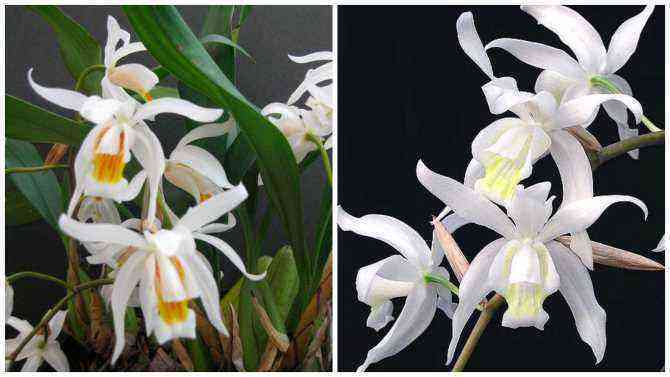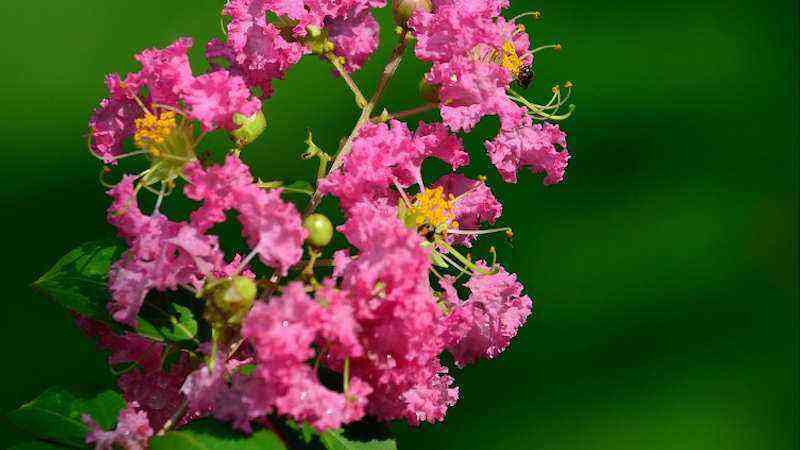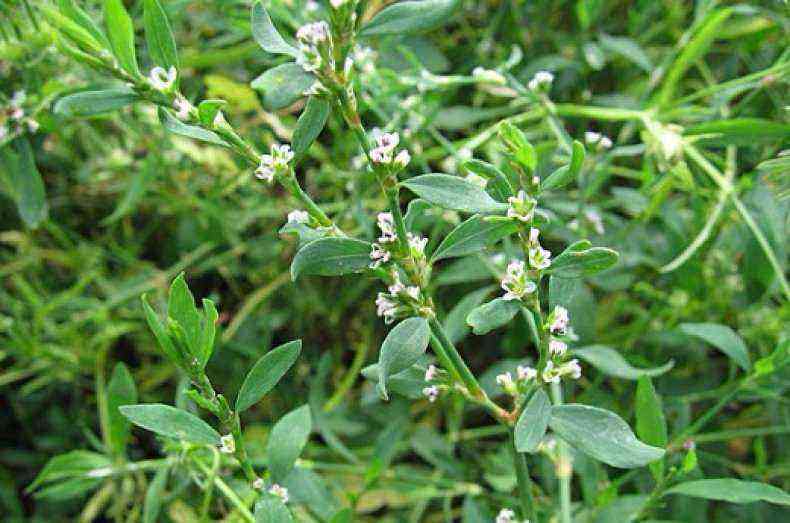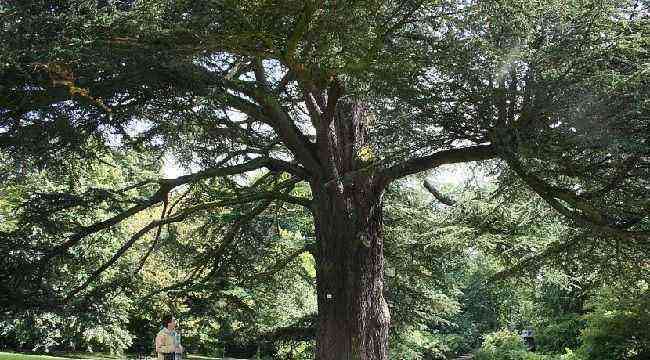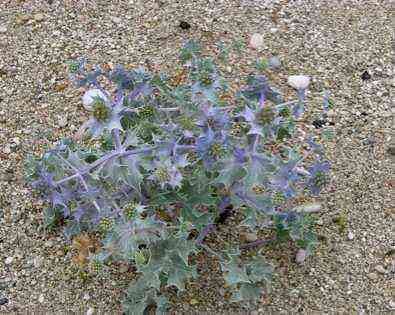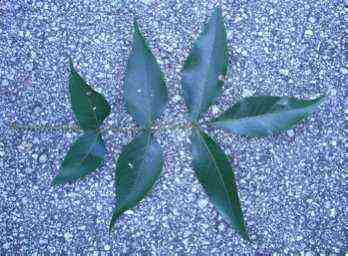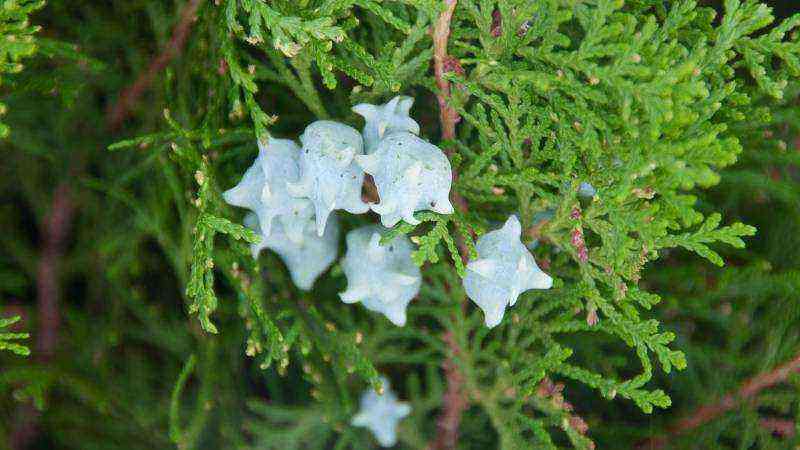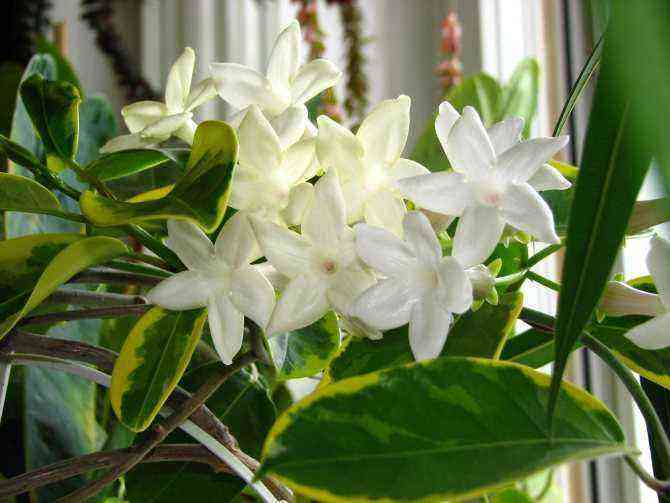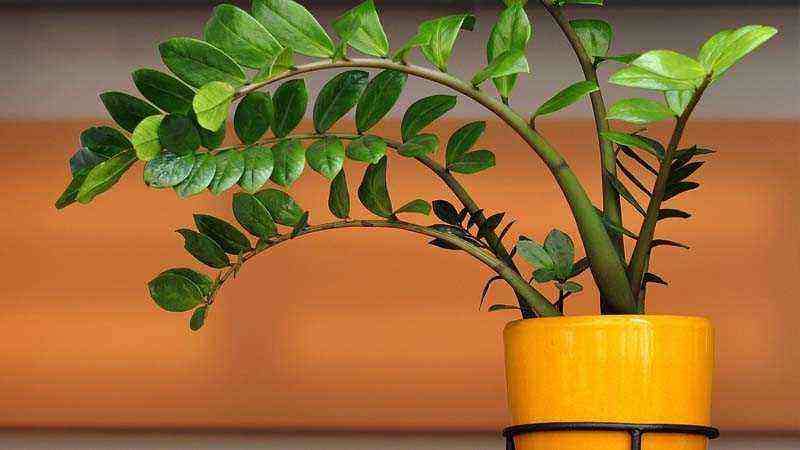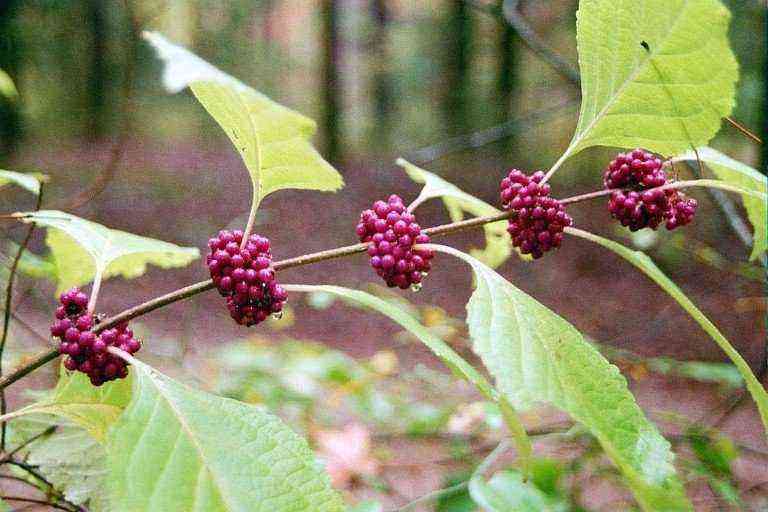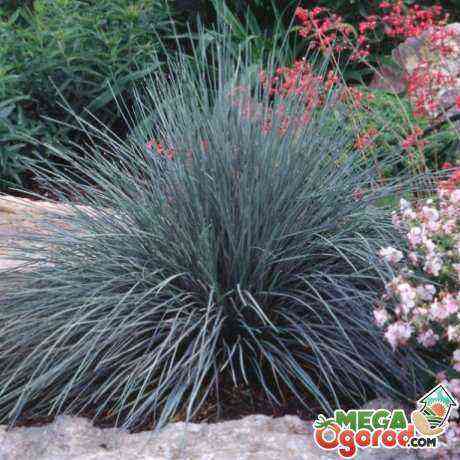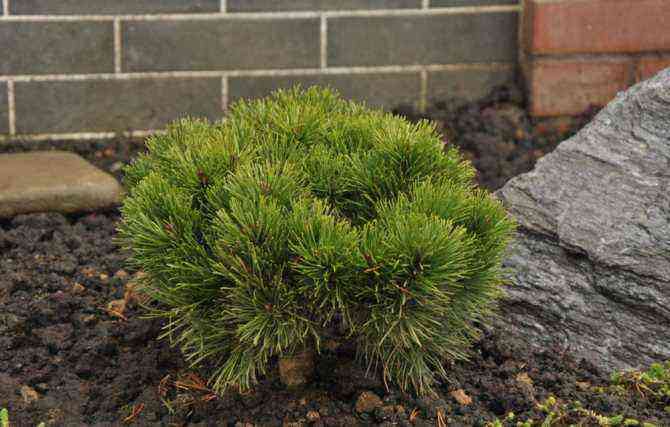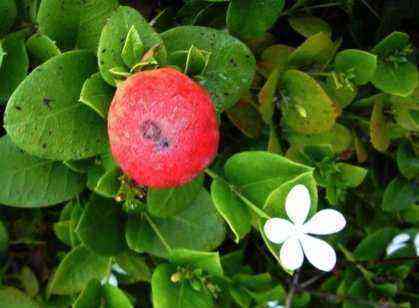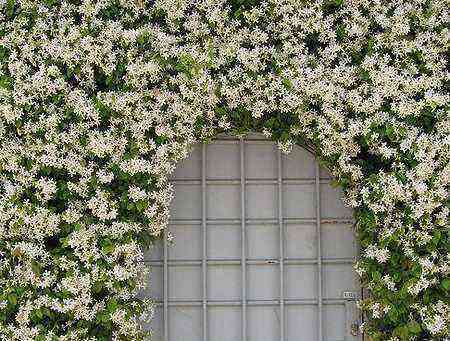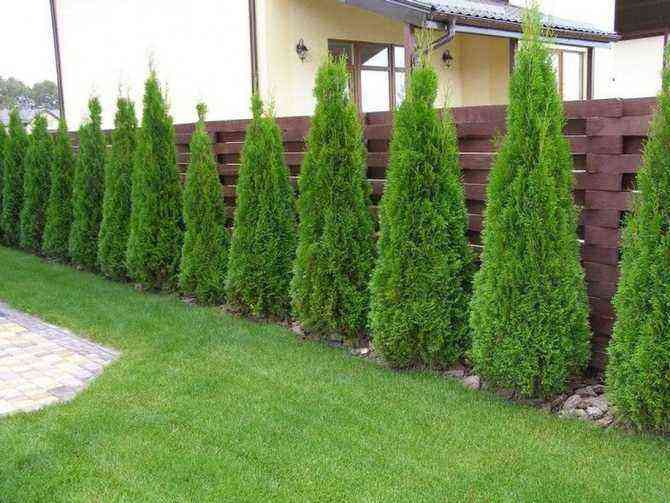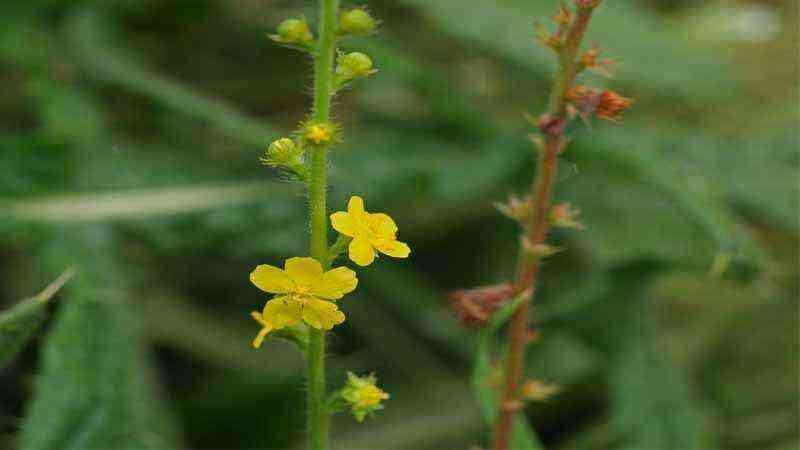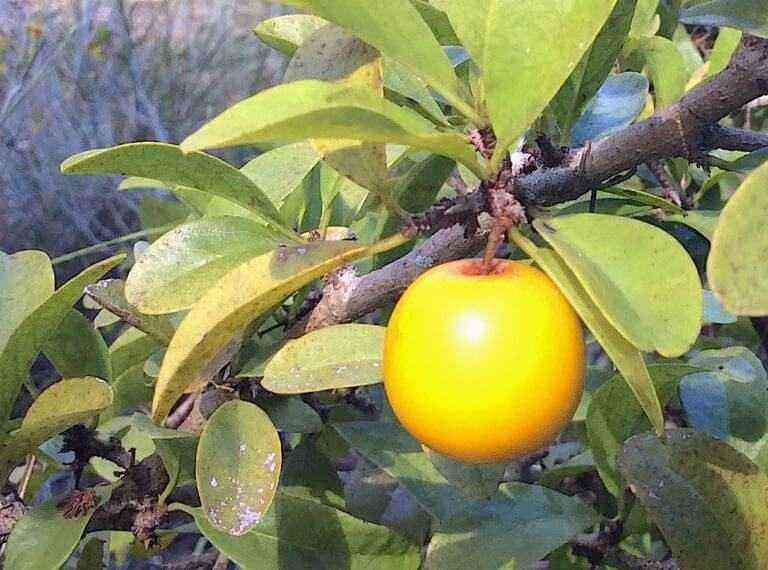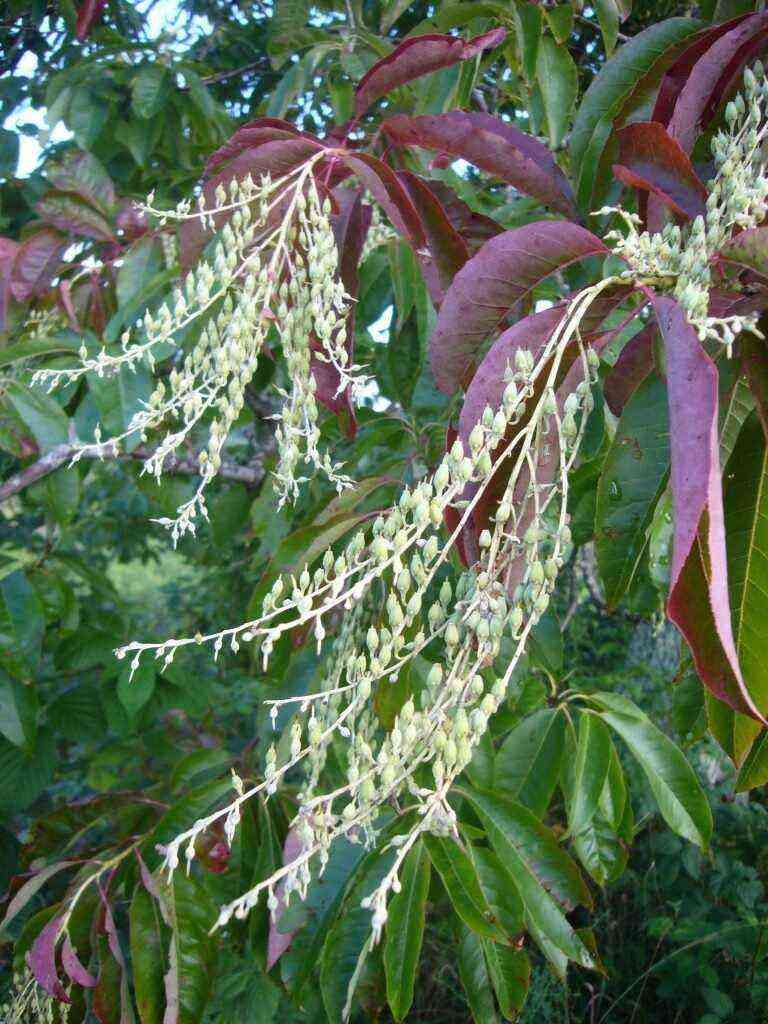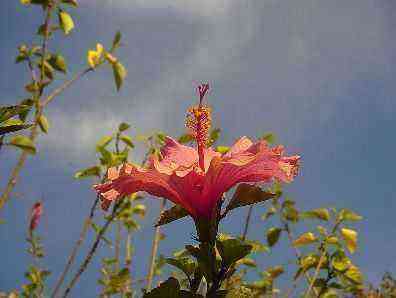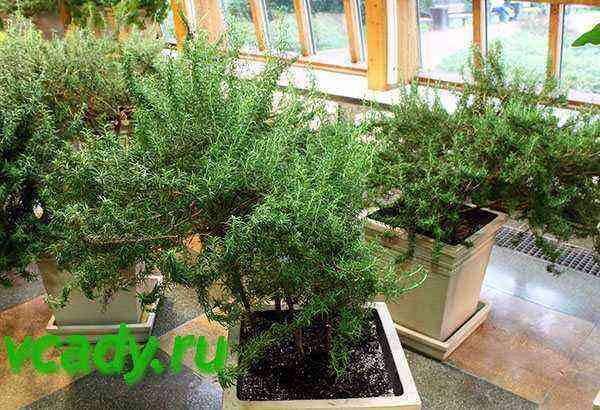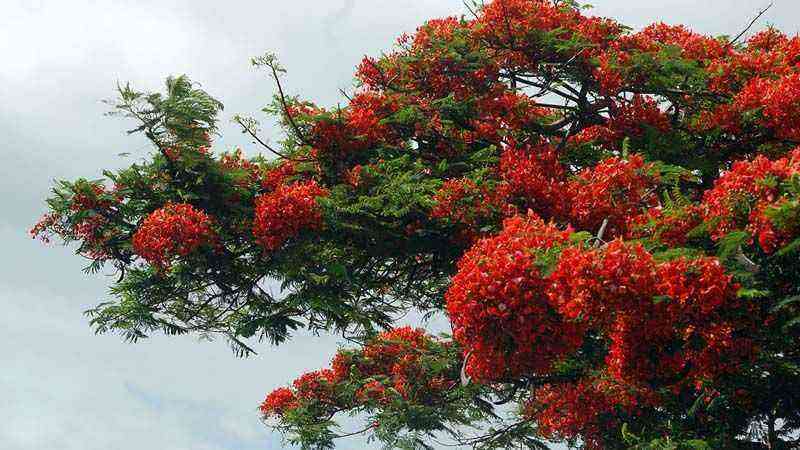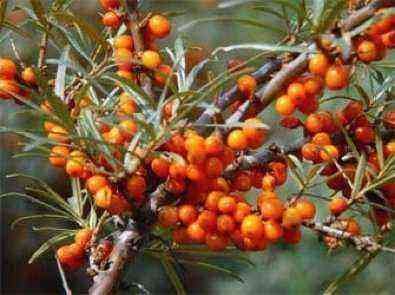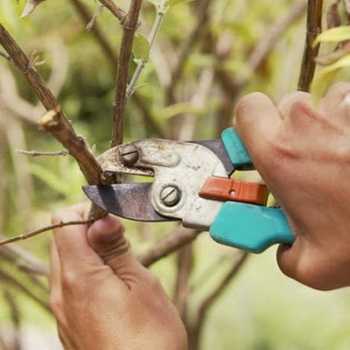
Throughout the life of a plant, the strength of its growth, the ratio of vegetative and generative branches, the activity of flowering and the level of fruiting, and, finally, the general physical and sanitary condition associated with age, change. Therefore, there is no single type of tree pruning and cannot be. This article describes each of them in detail.
Root pruning
When it comes to what types of pruning are, they usually talk only about the aerial part of the plants. Is it possible to cut the roots of trees? In some cases, it is not only possible, but also necessary. So, for seedlings, before planting, be sure to cut off the soaked, damaged and diseased ends of large roots to a healthy part.
As practice shows, in order to cut the roots correctly, you should not get carried away and renew all wounds, especially if callus has already begun to form on them. Do not touch all small overgrown roots, even if they seem shriveled to you. Cut as usual with a sharp, well-oiled secateurs.
In the garden, the roots of lush trees are sometimes pruned to stimulate fruiting. In autumn, around such a tree or on both sides somewhere in the middle of the distance between the stem and the periphery of the crown, dig grooves with a pitchfork. Cut the large roots, and leave the small ones and cover them with earth. Do not disturb in vain the roots of normally growing and well-bearing trees, and even more so in weakened trees. Plants of some crops (sea buckthorn, for example) do not tolerate at all when their roots are disturbed. They can even dry out from this. And plants of other crops (cherry, plum, for example) even allow you to dig up roots and harvest root cuttings for propagation, and nothing, grow no worse than those whose roots did not disturb.
Sanitary cleaning of the crown
No matter how carefully you handle the trees, the branches sometimes dry out due to aging, disease damage or freezing, sometimes they break. It happens that everything is normal, but in some part of the crown a thickening has formed, threatening a deterioration in the light regime.
In accordance with the rules of sanitary pruning of fruit trees, in all cases, regardless of the purpose for which you are going to perform this procedure, start by freeing the crown from all branches that are not only of no value, but pose a threat to the light regime and are a substrate for reproduction diseases and pests. Sanitary pruning consists in removing all dry, diseased, broken branches and those that do not and cannot give anything but thickening of the crown to the ring or to healthy tissues.
Supporting or regulating
After the completion of crown formation, the main purpose of pruning is to prevent branches from going beyond the established dimensions, deteriorating light conditions, exposing large branches or, on the contrary, overloading them with overgrown branches, and most importantly, to maintain the ability to actively grow and bear fruit. Hence the name of trimming – supporting, or regulating.
As expected, the sanitary cleaning of the crown is performed first. Then deal with large branches and tops. Cut the unnecessary ones onto the ring. Those that are needed in accordance with the intentions for their use and growth prospects, shorten or cut off for translation, on a well-located branch. After that, cut off the branches that go beyond the limits established for this crown, that is, return it to the desired dimensions in width and height. Do not wait for the branches that extend beyond the crown to grow strongly. If the crown is still thick, cut out some healthy branches. At the same time, try to find one or two large branches, the cutting of which will discharge the crown and improve its light regime. It is not worth “cutting” on trifles in order to thin out the crown. There is a lot of work, but the effect is not great. You cannot cope with thickening in this way.
In trees with poor branching ability, long annual branches must be shortened. Otherwise, the crown will be saturated with thin, ankle branches. The shortening should ensure that at least a few short branches appear on the left part. In the future, some of them will increase their growth, some will begin to branch out and thus exposure and ankles will be prevented. Good results can be obtained by pruning two-year-old branches on the side branches. You will also succeed in deflecting shoots and branches to a horizontal position, as well as pruning the fruit-bearing branches under the fruit bag and pruning for replacement.
If the buds wake up well, but give only short branches, then do not be afraid of thickening the crown. You will rarely need to cut branches. And there is usually no special need for shortening. Unless only in those cases when they are provided for by the system of forming a given crown, when it is necessary to strengthen or weaken the growth of individual branches or the entire plant as a whole.
In trees with a strong shoot-forming ability, try not to shorten the branches. Unless there will be a need to subordinate them or to prevent the formation of sharp forks. Thin the crown carefully to prevent thickening. And if you shorten the branches, you will get such a wild thickening that then you will have to scratch your head for a long time in search of a way out of the dramatic situation you have created. When shortening, the number of branches does not decrease, but focuses on a small piece of a branch remaining after pruning. And all the forks are strong, and all are at sharp angles. It will take a very ferocious pruning to sort it out, and then a new reaction. New enhanced work. And yet, in the end, you will have to cut the thickening branches into the ring. So it is better to immediately prevent thickening in plants with a strong shoot-forming ability or eliminate it by cutting the branches into a ring, but not by shortening them in any way.
For plants of those varieties that enter fruiting late and slowly increase yields, minimal pruning, combined with bending of the branches to a horizontal or drooping position, is especially useful.
In early-growing trees, strong yields in the early years can be the reason for early switching to periodic fruiting. Therefore, here it is necessary to apply a special type of supporting trimming – normalizing, or detailed. Its main goal is to ensure that each plant receives the optimal amount of products (fruits, flowers, cuttings, buds) under the given conditions. All parts and organs of the plant are subject to normalization: large and small overgrowing branches, vegetative and generative buds, inflorescences and flowers, ovaries and fruits. Depending on the density of placement, branches can be removed, for example, after one or every third. But you can also shorten it so that there are fewer likely points of fruiting. Do the same with inflorescences: cut after 1-2 or leave one flower from each. The more thoroughly you carry out the normalization, the less the overload of the plant will be, and, therefore, the productive period will last with an optimal ratio of growth and fruiting. However, do not get carried away by excessive normalization, otherwise the plants, freed from the load of fruits, will begin to fatten, spin and will not form generative branches and organs at all. Choosing a middle ground is, of course, not an easy task. But on the other hand, the result after solving a difficult task, respectively, is both worthwhile and pleasing.
To avoid heavy pruning, do it annually. Do not wait for the branches to be removed become too many or they grow too large. Remember, the stronger the pruning, the stronger the reaction to it and the more active the growth, which can lead to even more thickening than it was, and hence the need for a new, even stronger pruning. And so on until you “cut” the plant completely.
There is a year that is fruitful for fruit, but sometimes it is not. If you are of the opinion that a fruitful year is coming, you can carry out any pruning associated with the normalization of fruits without fear. In mature trees, only 2 to 10% of flowers can bear fruit. The remaining 90-98% will fall off during flowering or later in June-July. This is why, even with heavy pruning, do not worry about the harvest. Remove some of the flower buds, and the rest will be enough to ensure a full-fledged crop. In addition, due to better lighting and water supply conditions, the size of the fruit will increase and their quality will increase.
If there are few fruit buds, prune the trees carefully. Try to keep as many of them as possible. The presence of fruit on the tree will somewhat inhibit the growth of the shoots. In order not to shed a lot of flower buds, take into account when pruning, on which fruit formations in trees of this variety the main part of the crop is located. If on ringlets and spears, then you will not remove so much of them, and therefore pruning will not have a noticeable effect on the crop. If at the ends or along the entire length of annual vegetative branches and on fruit twigs, then be careful when shortening the branches. Try not to shorten them in order to shed flower buds as little as possible. Limit this year to thinning the crown and only in extreme cases resort to shortening the branches.
Restorative
If the crown of a fruit tree for some reason was not cut off for a long time and it went out of its assigned dimensions, became high, wide, thickened, inconvenient for care and harvesting, and besides, it also interferes with neighboring plants, it is necessary to put it in order, i.e., restore. Gardeners refer to this procedure as restorative pruning or restorative pruning.
Plants that have suffered from frost and plants whose branches have lost the ability to grow due to age-related changes also need such pruning. These three main cases, where it is impossible to do without restorative pruning, have their own specific characteristics and therefore it is worth talking about each separately.
Pruning neglected crowns
If the tree is young, the crown has not yet formed and has not even gone beyond the dimensions set for it, first determine the center conductor and isolate it. Let it rise above all the branches in the crown. Then determine which branches can qualify for the title of main. Subordinate them to each other and subordinate them to the guide. Apparently, now you will not do with pruning for the kidney. We will have to cut for translation into branches that will more or less accurately continue the axes of these main branches. If this cannot be done due to the fact that it will be necessary to shorten the branches too much, then do not try too much. You still won’t be able to bring the crown from a neglected state to the one in the picture. The main thing is that the principle of subordination – subordination is maintained. After that, thin out the crown in places of thickening. Especially in the periphery. And let yourself grow further, but already under your control, otherwise it was not worth interfering at all. Continue to shape the crown and saturate it with overgrown branches.
If the crown has already been formed, but the growth of the branches is still strong enough, and its neglect is expressed in a strong thickening and the branches go beyond the dimensions established for a given tree, there is no need to look closely at the skeleton. It is not worthwhile to deal with the restoration of the central conductor and the subordination of the main branches. Wasted, if not harmful, work. Let the skeleton remain as it turned out. Start cutting with sanitary cleaning and thinning. Then, the branches that have gone beyond the crown, cut to transfer to branches in the upper part of the crown from the center to the periphery, in the middle part along the crown, in the lower part – up. If the crown is still thick, thin out a little more.
When pruning old mature trees, start by removing dry, diseased, broken ones. There will surely be such. This alone will somewhat erode the crown. After that, lower the height of the tree (see how to do this a little below) and cut into a ring or cut branches that strongly thicken the crown for a transfer. Cut the branches drooping to the ground so that the stem opens. Usually, very diligent gardeners pull such branches up, strengthen them with twines, various props, and hope to someday get fruits from them. Wasted labor. So you won’t get a good fruit on such branches, but they will always interfere with tillage and air exchange in the garden. As a result, save a penny and lose a ruble. No, you better delete them. In this case, it may be necessary to cut large branches of the main branches into a ring, and cut the main branches themselves for transfer to branches growing upward. Examine the crown again and, if you find that some branches have gone beyond the limits allotted to this tree, limit them to pruning for translation.
Often, neglected crowns of mature trees need very strong pruning. Don’t try to do it right away. Divide the entire workload by two or even three years. So, in the first year, you can limit yourself to cutting dry, sick, broken ones and reducing the crown, in the second – thin out the crown and limit its dimensions, on the one hand, in the third – finish all the rest of the work.
Reducing the height of the tree
Take a closer look at the plant and determine what height of the crown would suit you. Make a mental note of this height and imagine that all branches placed above it have been removed. If at least two-thirds of the overgrowing branches remain on the tree, if you have to make only 2-3 large and a dozen small cuts, you can carry out your plan.
If, after pruning, only the bare branches sticking upward remain, on which it is more convenient to dry pots and pots than to grow fruits, refrain from such a strong pruning. Raise the plank up slightly. This is how you are looking for, if not the final, then an intermediate version of reducing the crown. This is the hardest part. And the technique is very simple. All you need is to cut out a part of the central conductor or branch that spreads over the center of the crown, with a transfer to the lateral branch. If you are afraid that the branch to which you are transferring may dry out, make a cut a little higher. Leave the stump. Later, after the beginning of the growing season, cut it out along with the tops that have appeared on it.
Even one removal of a part of a conductor or a branch replacing it will already have a positive effect.
The crown will slightly decrease, light will rush into its center, conditions for growth and fruiting will improve. However, many branches will be placed much higher than desired. Cut them off into branches going from the center to the periphery. Make cuts 0,3-0,5 m higher than on the center conductor.
When the crown decreases, all cuts fall on strong and very strong vertical branches. The most powerful transport routes along which the flow of water, elements of mineral nutrition and products of photosynthesis is carried out are affected. Naturally, there will be a massive appearance of tops, especially near the cuts. Here you cannot do without breaking them, if you do not want to cut off too many strong branches next spring, waste time, inflict many wounds, force the tree to produce wood that will somehow be removed.
Whether the tree grows naturally, or you hold it back by pruning, it will always strive to master its natural height and width. Therefore, constantly keep under control all its dimensional parameters and, if necessary, intervene decisively. Every delay is fraught with complications.
These photos illustrate some types of tree pruning, the description of which is presented above:
Pruning of frozen trees
If by the end of winter there is reason to believe that the trees are frozen, do not rush to prune them. First, determine how strong the damage is. To do this, cut off several branches, bring them into an unheated room. After two or three days, the tissues of the branches will somewhat move away from freezing. Transfer the branches to a room where the temperature is about 20 ° C. Place in a container of water. When the buds open, count how many were healthy and how many were frozen. Now cut the buds with a safety razor and see what is affected by the frost and how much. Cut lengthwise and branches. Pay attention to the color of the wood. Intact is usually white, slightly greenish or slightly yellow. Damaged wood becomes dark yellow (slightly freezing), light brown (moderately freezing) or dark brown (severely damaged). In a pear, with strong freezing, the wood tissue is black. Examine the bole, the central conductor, the main and overgrowing branches in the garden: there are no visible damages – cracks, frostbites, sunburn.
Prune lightly frozen trees as healthy prior to vegetation. Strongly frozen – after the beginning of the growing season, when the growth zone is indicated. This will help you avoid irreparable mistakes: suddenly cut out relatively healthy ones, and leave hopelessly frozen branches that are doomed to dry out. Do not rush to uproot frozen plants if they are not completely frozen. Leave, take a closer look. Perhaps they will recover with your help. But gradually prepare a replacement for them.
Set aside the pruning of plants severely affected by frost until the time when growth begins and a freezing zone is clearly indicated. If the picture still seems unclear after that, wait until next year. It is possible that you will not need pruning. The tree will begin to bloom, as it were, and then suddenly dry up. We’ll have to uproot. If it turns out that most of the branches have survived, the bole, the central conductor and the bases of large branches are intact, the tree will be restored. Cut off the frozen branches in the growing area of strong shoots, here, of course, not to comply with the rules of subordination and not to size. You will be doing corrective pruning for a long time. Some branches will recover quickly and well, while some will wither and dry out. Some are slow, others are fast. When pruning, focus on strong branches. Even if they are tops. Nothing, then direct in the right direction at the right angle. Of course, restoring the crown of an adult frozen tree is troublesome. Not always everything goes well. And yet this will allow you to quickly restore the productivity of the garden than to start all over again, with one-year-olds.
In frozen trees, the growth of branches will be weakened, since the conductive tissues are not able to supply to the points of growth and fruiting the amounts of water and mineral nutrients necessary for normal life. With a deficiency of these substances, photosynthesis will be low. Therefore, when pruning frozen trees, the rules of subordination and subordination of branches can be neglected. Leave all more or less healthy branches so that the leaves placed on them contribute to the rapid growth of new layers of wood. After restoring the volume of the crown, cut out all unnecessary branches.
Cut carefully on frozen trees. Pay more attention to the putty of wounds with garden varnish. Do not miss small wounds. And in the summer, visit and fix the putty, if there is a need for it. In the first years after freezing, growth begins later, it goes slowly. The foliage of the trees is weak. In the future, when new layers of wood grow, the situation will improve, but the strength and flexibility of the branches, inside which the dead wood, will remain weak. Therefore, even with a small load of fruits, branches may break off. Gradually, instead of such branches from tops located near their base, form new ones. In general, in the next few years after the first pruning of trees severely affected by frost, a kind of formative pruning will have to be done. Choose well-located branches and create new main and overgrowing branches on their basis, and gradually cut out damaged, but temporarily abandoned ones.
If trees at the age of 2-4 years are completely frozen to the level of snow cover, it is not worth bothering with the restoration of partially preserved individual branches. Trim off the entire aboveground section into healthy wood. From the shoots that will appear below the pruning site, but above the grafting site, select the strongest and form a new crown on its basis. Restrain the growth of the remaining branches by strong shortening. Cut them into a ring the next year. The root system is strong, so you can expect that branch growth will be active and you will form a new crown 1,5-2 times faster than from newly planted plants.

